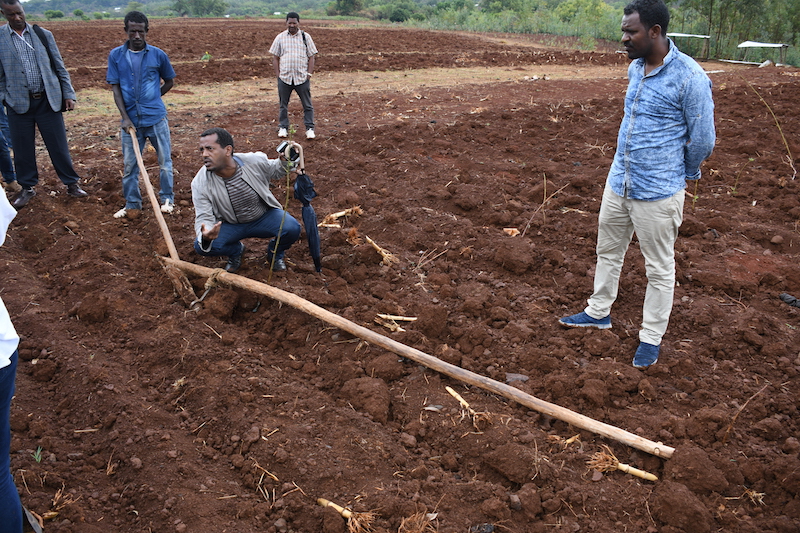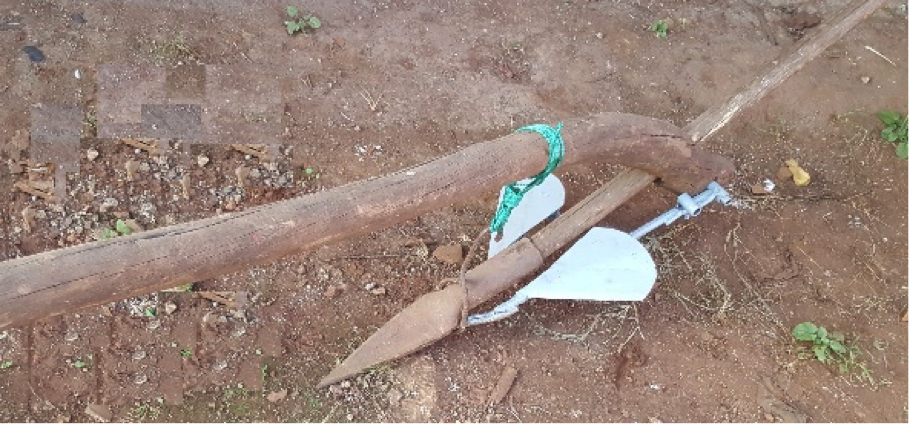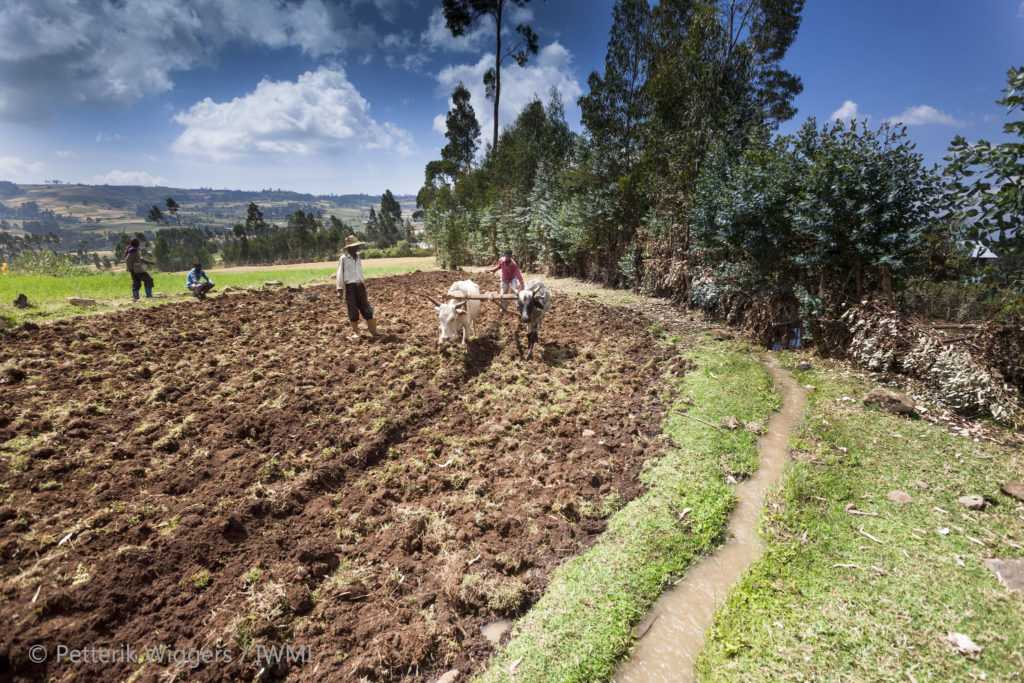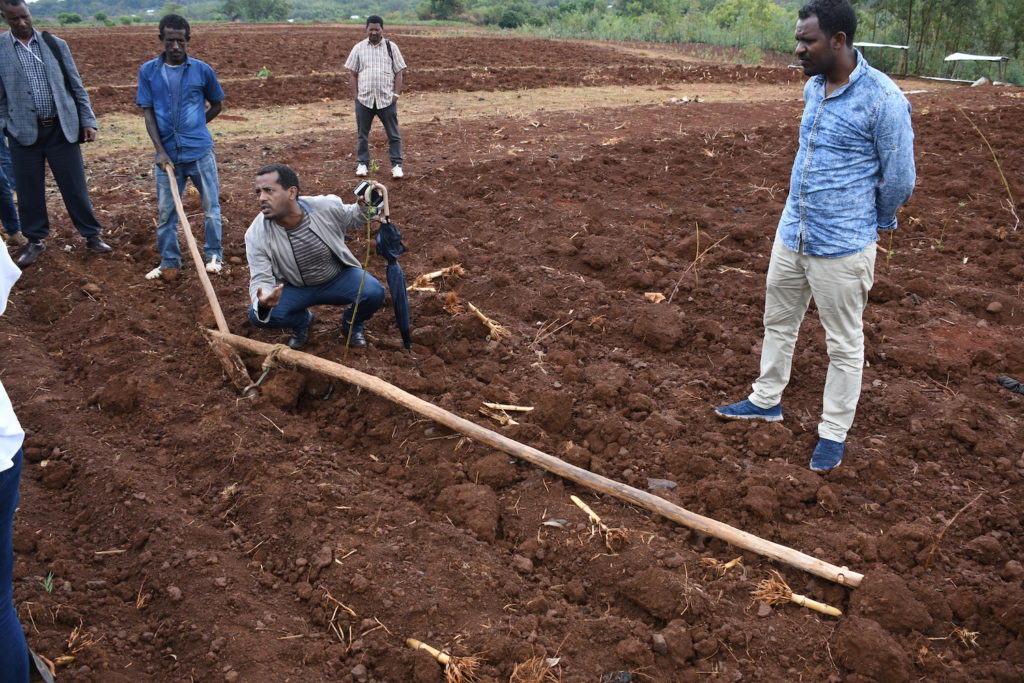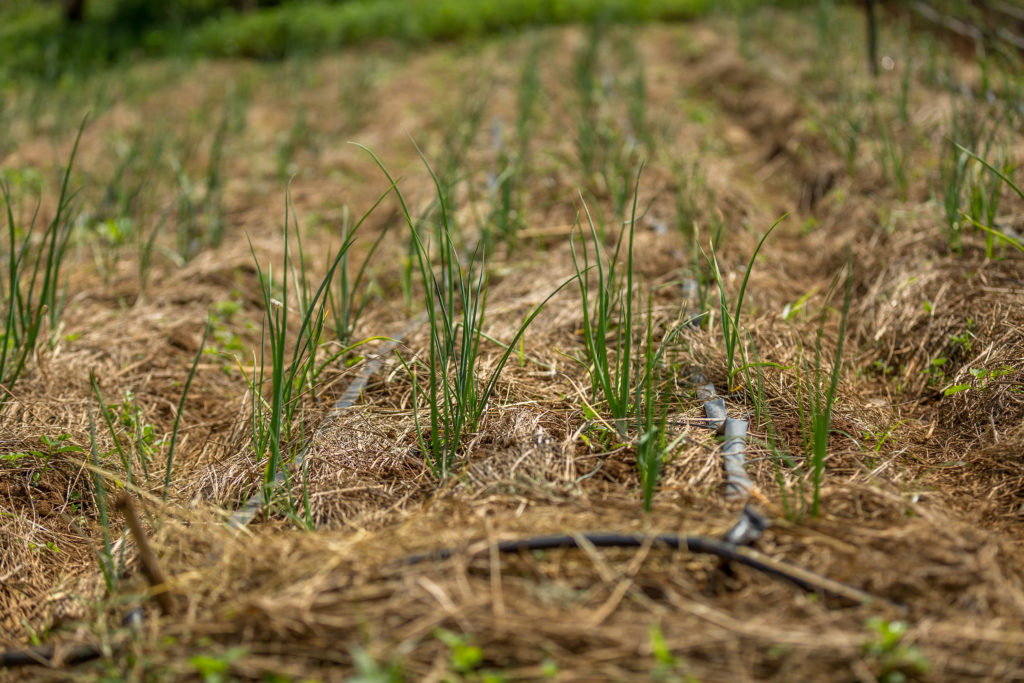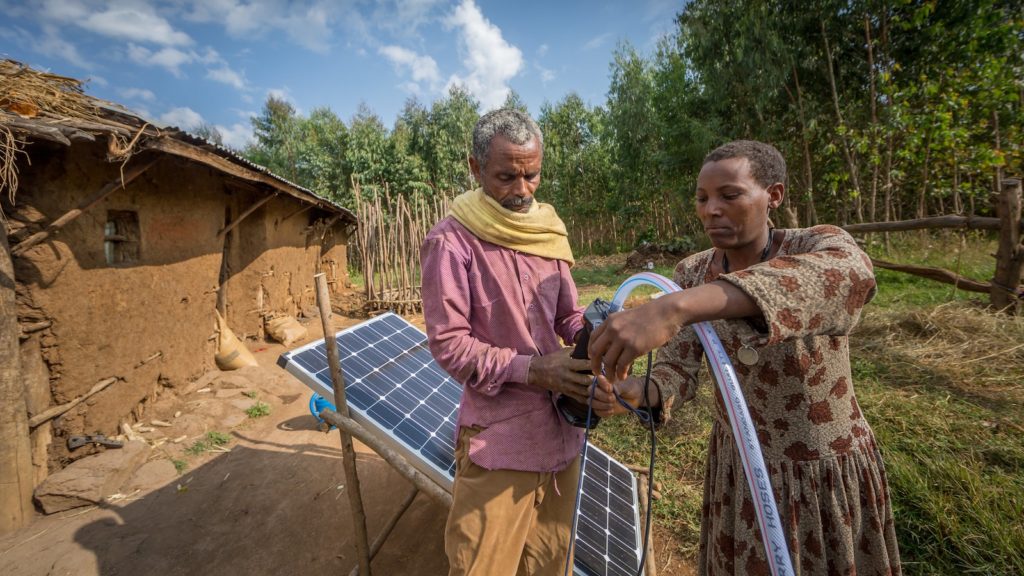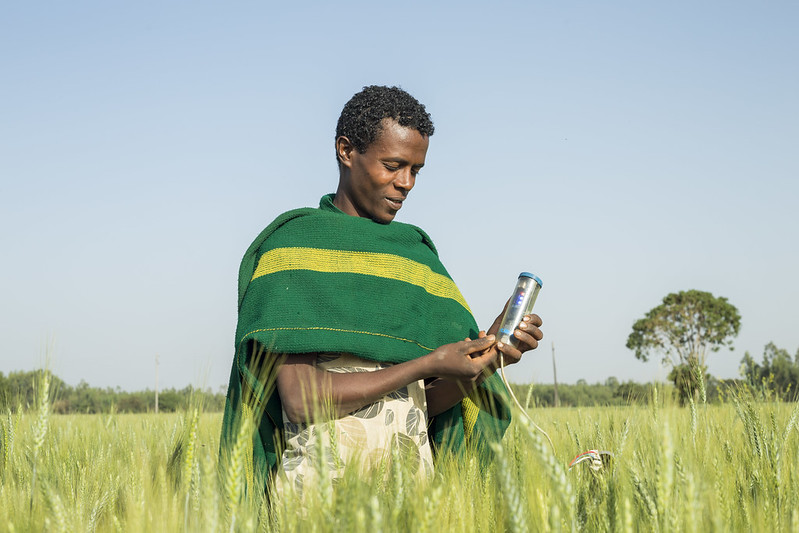Small scale irrigation for economic growth
Small scale irrigation can substantially reduce poverty if it reaches its potential for expansion. Over the next ten years millions of smallholder farmers could benefit from irrigated production of nutrient-dense crops and fodder in areas suitable to it.
Small scale irrigation supports supplemental irrigation for rainfed crops amid increasingly unreliable rainfall and the expansion of production into the dry season. Irrigating farmers are more resilient to extreme weather events across seasons. Farmers can irrigate high-value cash crops and more nutrient dense horticultural crops, though some crop-technology combinations show higher profitability than others. Irrigators in Ethiopia achieve double the agricultural income per hectare during the dry season compared to non-irrigators.
Challenges
The potential for SSI to contribute to agriculture-led economic growth is well documented, but the ways for countries to meet the potential from SSI are less clear. Market linkages remain weak and information exchange between actors within irrigated agriculture, and across sectors, is limited. Resource poor farmers, such as women and youth, need access to technologies and services that enable entry into irrigated value chains, including but not only through appropriate finance. As SSI rates increase in response to market demand for irrigated produce and seed, the development of guidelines and procedures to monitor the impact on the environment – particularly water quality and soil health – will need to be supported. Greater capacity of experts and practitioners is needed across sectors to enable necessary actions to be taken. Public and private actors are both needed in these early stages of farmer led irrigation to reach greater benefits for more people.

Top lessons
Availability and affordability of labor are crucial components in the viability of small scale irrigation
Labor availability is often limited in rural areas. Investment in labor-saving technologies for lifting, application and management of water for irrigation can improve profitability. This can also increase the likelihood of adoption and sustained use of the technologies. Without mechanization, low availability of labor is a major constraint to the expansion of SSI, especially for women farmers. Scaling SSI effectively, and ensuring profitability, requires recognition of the high cost of labor.
Small scale irrigation, using motorized or solar pumps, can be profitable for smallholder farmers, and others along the value chain
Small scale irrigation offers a range of opportunities along the value chain for entrepreneurship, innovative business models and SMEs. Value chains for irrigated feed, fodder and seed production can provide new sources of income and profit to farmers and others. Irrigated production also improves the stability and quality of product supply. Differing combinations of small scale irrigation technology and crop types result in different profit profiles. Producing high-value vegetables with motorized pumps can generate three to five times the net profit of irrigating staples with manual devices. Solar pump irrigation of high-value vegetables can achieve a payback period of around two years. The payback period for lower-cost motor pumps can be less than one year, but offers lower returns over time. Farmer investment in pump technologies is often restricted by lack of access to affordable finance.
Strengthening markets for both irrigation equipment and irrigated produce can be a win-win for smallholder farmers, the private sector and others
The private sector can help to foster a robust market system and develop more accessible technology supply chains. Companies can also strengthen agriculture value chains by improving integration. There are many opportunities available to the private sector to foster innovation and entrepreneurship throughout the technology supply, and irrigated value, chains. More inclusive business models, involving partnerships between companies, entrepreneurs and financial organisations would enable more farmers to invest in irrigation technologies and benefit from them.
Farmer investment in irrigation technologies and production requires access to appropriate finance solutions
Farmers become less willing to invest in irrigation technologies when access to capital, affordable credit or other appropriate finance products is limited. The scarcity of appropriate finance solutions places a significant constraint on farmers. For example, a primary barrier preventing smallholder farmers from adopting and benefitting from SSI is a lack of affordable credit to purchase pumps and other irrigation equipment. Payment of the up-front, and ongoing, costs of SSI may only be feasible with improved finance solutions. Greater adoption of SSI by smallholder farmers may be fostered through innovative finance mechanisms and business models, such as lease-to-own, ‘uber for irrigation’, mobile money and others being piloted.
Access to small scale irrigation can lead to, but doesn’t assure, improved equity
Unequal access to SSI significantly undermines the potential it could offer to millions of smallholder farmers and to national and regional economic growth. SSI offers potential for improved equity through increased involvement of women and youth in, for example, processing of high-value crops and animal based food products. Innovative collaboration with, and between, private sector actors in technology markets, agricultural produce markets and finance would enable SSI to play a greater role in fostering advances in gender inclusion. In making the most of these opportunities, the right balance needs to be found between supporting the wider use of diverse, context specific irrigation-related technologies and approaches, and understanding the trade-offs that each of these may require.
Sustainable and profitable scaling of SSI also demands an awareness of the trade-offs. Scaling up the use of pumps needs to be balanced with managing the risks of increased water scarcity and groundwater depletion. Trade-offs often need to be made between different SSI technologies and water uses, and between irrigated production for household consumption, and nutrition or income. Solar powered irrigation has good potential to generate income and profit. Clear alignment between the resilience of people and the environment to climate shocks and stresses is not always immediately obvious.
DOWNLOAD: ILSSI brief on economic growth
Contributing to solutions
Profitability and economic benefits from SSI
ILSSI uses multiple methods to assess profitability of small scale irrigation in different value chains. Research shows that SSI directly contributes to economic growth by generating higher profits and incomes for farmers compared to rainfed agriculture and offers opportunities to entrepreneurs and others in irrigated value chains.
Knowledge products and sharing to improve future investments
Knowledge development and sharing at multiple levels helps to inform future investments. ILSSI facilitates access to information and networking opportunities to market actors through platforms at national level. Research-based evidence form a basis for tools and briefs for practitioners, while publications contribute to scientific knowledge. ILSSI also co-convenes and participates in regional and global groups to help shape policies, programs and projects. In this way, ILSSI can design research and outputs that contribute to more equitable outcomes from nutrition-sensitive irrigation investments and enhance environmental sustainability.
Market systems approaches to expand sustainable SSI
ILSSI research uses a market systems perspective to identify approaches to expand and accelerate farmer-led irrigation. We engage private actors – such as irrigation technology suppliers and producer cooperatives – to test business models, pilot asset-based finance tools and facilitate market linkages within the irrigation sub-sector, toward sustainable and equitable SSI.
Targeted interventions to support equitable SSI investments
Access to small scale irrigation can lead to, but doesn’t assure, improved equity. Smallholder producers – especially women – continue to face constraints. Through generating knowledge on constraints, development investors can better design and target interventions. ILSSI works with private partners to understand ‘bottom of the pyramid’ market segments, and how to target the resource poor farmers to enable access to irrigation technology.
Select resources
- Linkages between small scale irrigation and women’s empowerment
- Business model scenarios and suitability: Smallholder solar pump-based irrigation in Ethiopia (IWMI research report)
- Improving the availability and effectiveness of rural and “micro” finance for small-scale irrigation in Sub-Saharan Africa: a review of lessons learned (IWMI working paper)
- Suitability mapping framework for solar photovoltaic pumps for smallholder farmers in sub-Saharan Africa


